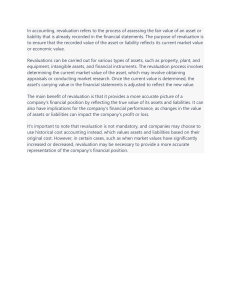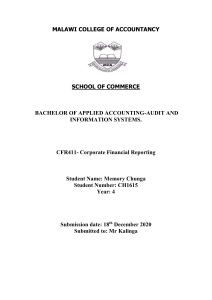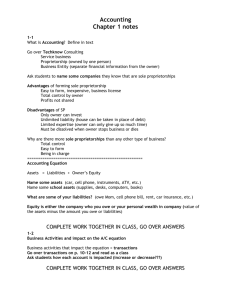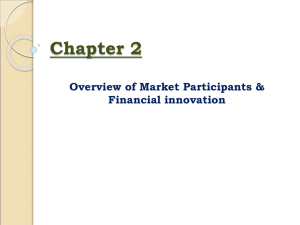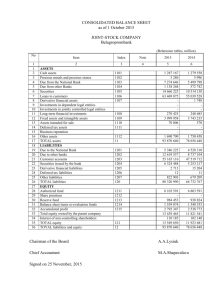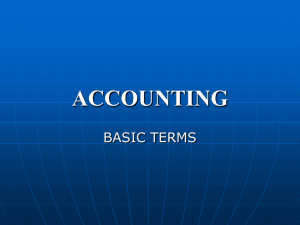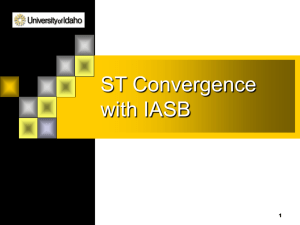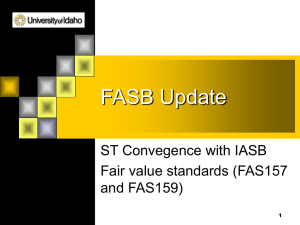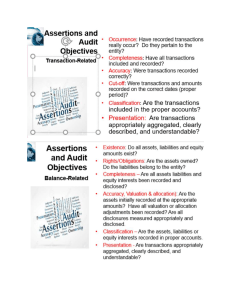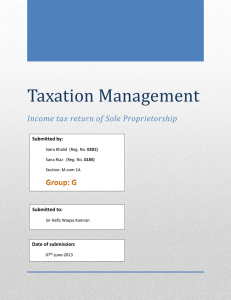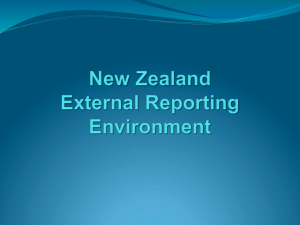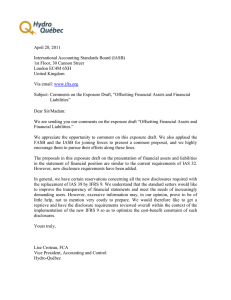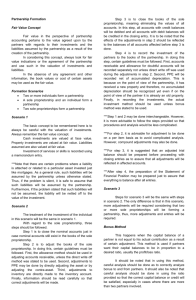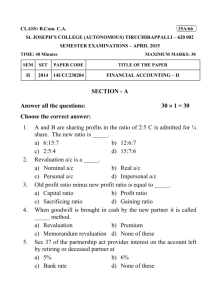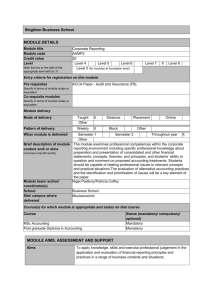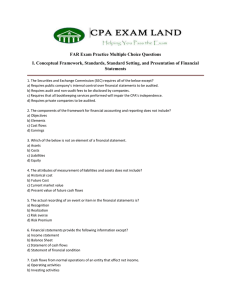Paper 5 Financial Accounting
advertisement
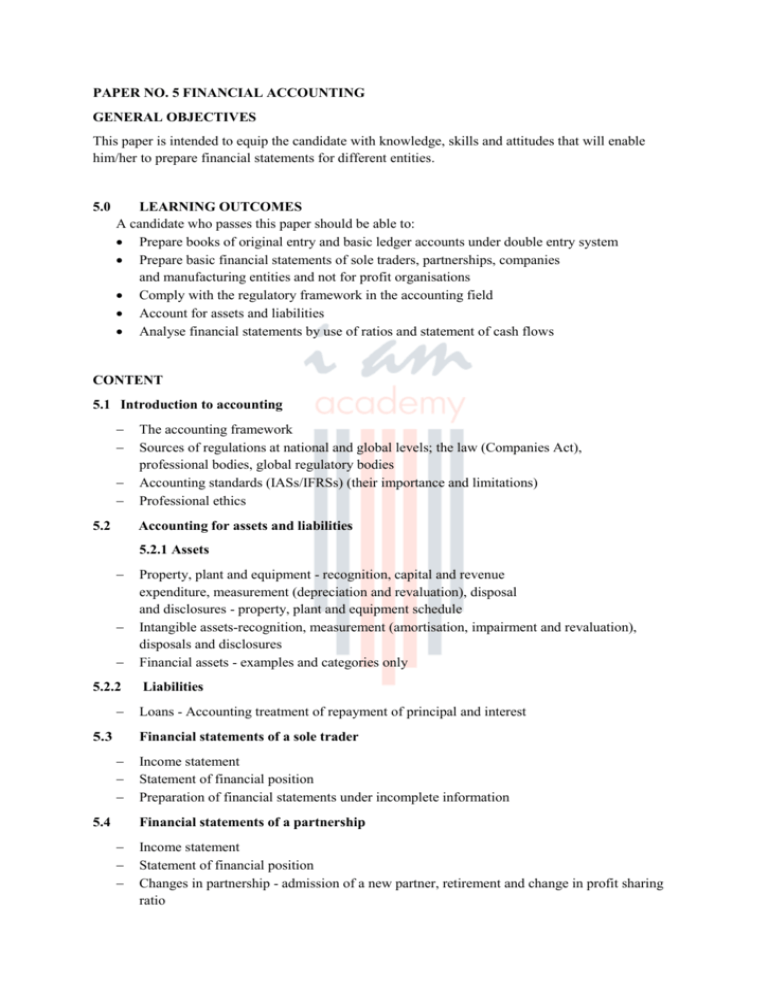
PAPER NO. 5 FINANCIAL ACCOUNTING GENERAL OBJECTIVES This paper is intended to equip the candidate with knowledge, skills and attitudes that will enable him/her to prepare financial statements for different entities. 5.0 LEARNING OUTCOMES A candidate who passes this paper should be able to: Prepare books of original entry and basic ledger accounts under double entry system Prepare basic financial statements of sole traders, partnerships, companies and manufacturing entities and not for profit organisations Comply with the regulatory framework in the accounting field Account for assets and liabilities Analyse financial statements by use of ratios and statement of cash flows CONTENT 5.1 Introduction to accounting 5.2 The accounting framework Sources of regulations at national and global levels; the law (Companies Act), professional bodies, global regulatory bodies Accounting standards (IASs/IFRSs) (their importance and limitations) Professional ethics Accounting for assets and liabilities 5.2.1 Assets 5.2.2 5.3 Property, plant and equipment - recognition, capital and revenue expenditure, measurement (depreciation and revaluation), disposal and disclosures - property, plant and equipment schedule Intangible assets-recognition, measurement (amortisation, impairment and revaluation), disposals and disclosures Financial assets - examples and categories only Liabilities Loans - Accounting treatment of repayment of principal and interest Financial statements of a sole trader 5.4 Income statement Statement of financial position Preparation of financial statements under incomplete information Financial statements of a partnership Income statement Statement of financial position Changes in partnership - admission of a new partner, retirement and change in profit sharing ratio 5.5 Financial statements of a company 5.6 Financial statements - income statement and statement of financial position Published financial statements (Describe a complete set of published financial statements but not preparation) Financial statements of a manufacturing entity 5.7 Features of a manufacturing entity Classification and apportioning costs between manufacturing and selling and administration Financial statements - manufacturing account, income statement and statement of financial position Financial statements of a not-for-profit making organisation 5.8 Features Types of funds and their accounting treatment Income and expenditure account Statement of financial position Analysing financial statements 5.9 Statement of cash flows (categories of cash, methods of preparing statement of cash flows and the importance) Financial ratios - definition, categories, analysis and interpretation, application and limitations Introduction to Public Sector Accounting 5.10 Features of public sector entities (as compared to private sector) Structure of the public sector (National and county governments, state corporations and other agencies) Regulatory structures and oversight [IPSASB, PSASB (establishment, mandate and functions), Director of Accounting Services, National Treasury, Parliamentary Committees, Accounting Officers at national and county levels) Objectives of public sector financial statements Objectives of IPSAS Accounting techniques in public sector (budgeting, cash, accrual, commitment and fund) (Preparation of financial statements should be excluded) Emerging issues and trends
